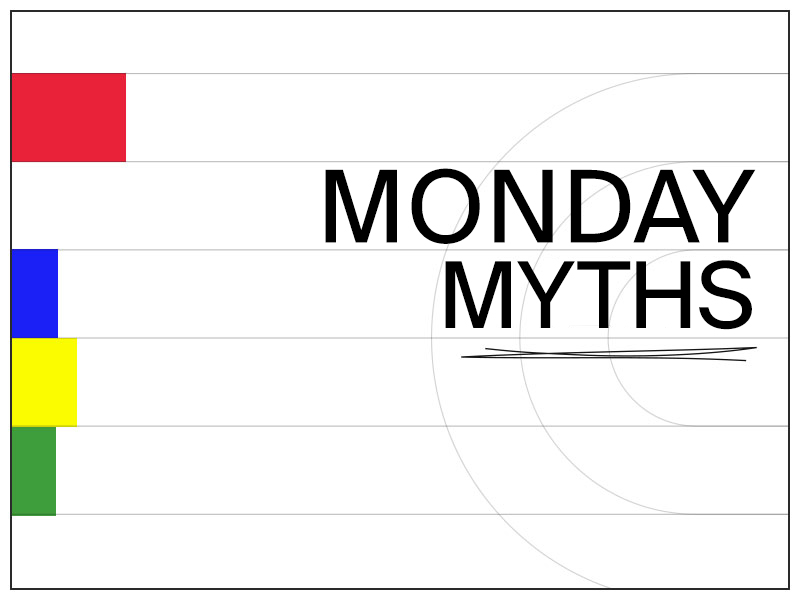by Jeremy Plonk
December 20, 2021

Welcome to a continuing handicapping series for our Monday blog space, “Monday Myths.” Each week I’ll use the power of the Betmix database to take common handicapping assumptions and either support or dispel them with data. Betmix data powers the 1/ST BET app and its features like Angler and Birddog give data-minded horseplayers a treasure trove of information in which to query your own curiosities.
Assumption:
The 3-year-old stakes picture takes some time to gain focus through the winter and spring.
Background:
With the turn of the calendar, many will turn their attention to the Triple Crown trail. It’s the most identified ‘season’ in horse racing and culminates in May and June. The months of January through April are when the class of each year’s class comes to the top. But do those stakes races in the ‘regular season’ get easier or harder to handicap as the 3-year-old crop defines itself?
Data Points:
I dialed up the Betmix database for all 3-year-old graded stakes races for the colts/geldings over the last 8 years, going back to 2013. I wanted to see what the average price winner was in those races by month, January-February-March-April, as well as the percentage of winning favorites.
//
The average 3-year-old graded stakes winner in January is 1.90-1 odds.
Favorites in 3-year-old graded stakes races win 59% in January.
//
The average 3-year-old graded stakes winner in February is 5.28-1 odds.
Favorites in 3-year-old graded stakes races win 33% in February.
//
The average 3-year-old graded stakes winner in March is 4.98-1 odds.
Favorites in 3-year-old graded stakes races win 37% in March.
//
The average 3-year-old graded stakes winner in April is 4.62-1 odds.
Favorites in 3-year-old graded stakes races win 32% in April.
Overall Findings:
January had the lowest-priced returns as well as the highest rate of winning favorites in the survey. The average winner nearly 2.72 to 3.38 odds points lower than any other month. The percentage of winning favorites was a whopping 22-27 percentage points lower than the other months. The February through April results did decrease in terms of average win payoff as the prep season unfolded.
Bottom line:
There’s some truth to the trail coming together from February to April, but the initial month of the year has been absolutely locked in on shorter prices while some of the bigger horses remain on the sidelines for their sophomore returns.
You can go into Betmix and run your own queries for a deeper dive into this theory and any that you can create. For instance, which track circuits on the 3-year-old trail follow this lead and which do not?